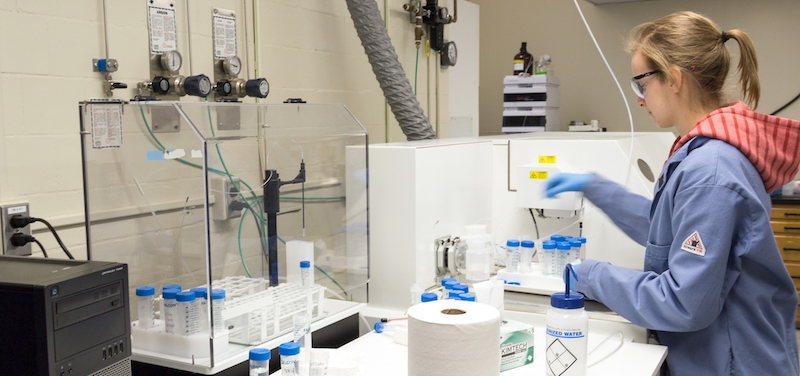Detection and characterization of engineered nanomaterials in the environment

As with any new product, environmental regulators are currently attempting to quantify the fate and effects of engineered nanomaterials (ENM) in the environment. A major difficulty is that few data are available on their concentrations in the natural environment. Given the lack of methodology to detect ENM in the environment, work is currently underway in our laboratory to develop sensitive and robust analytical techniques, based largely upon single particle ICP-MS, which will be used to quantify ENM in the environment. In parallel, work is being focused on methods to characterize colloids and nanoparticles in environmental and biological media.
This work has shown that due to the large chemical and physical heterogeneity of environmental systems and the nature of each of the analytical signals, data from multiple techniques are necessary to correctly characterize these dynamic systems. We have set up an advanced analytical lab that is able to examine the stability of colloidal (nanoparticle) systems using techniques such as dynamic and static light scattering (DLS), fluorescence correlation spectroscopy (FCS), analytical ultracentrifugation (UCF), nanoparticle tracking analysis (NTA), single particle ICP-MS, hydrodynamic chromatography (HDC), darkfield microscopy (DF)/ hyperspectral imaging (HSI) and qNano.
This content has been updated on 16 May 2022 at 15 h 07 min.
